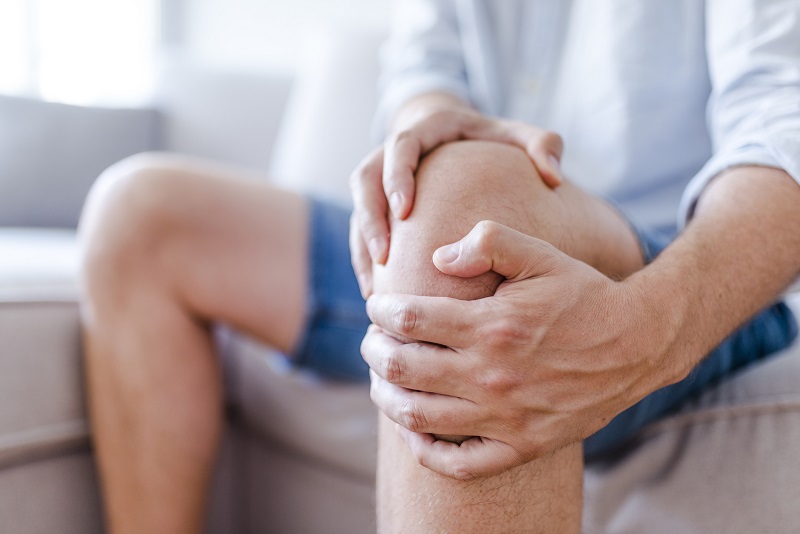After immobilization due to trauma or knee surgery, you may need to regain mobility that may have been lost due to adhesions or general stiffness of the tissues. For that, we offer you these two exercises to promote both flexion and extension of the knee.
After a trauma or operation on the knee, if proper rehabilitation is not carried out or it takes a long time to go to physiotherapy. We could be prone to developing a stiff knee.
Knee stiffness is the decrease in active and passive mobility of the knee. Movement can be limited by physical or painful stops that will make movement of the knee impossible unless proper treatment is given as soon as possible. Physiotherapy has shown great results for the recovery of normal knee movement. But requires great perseverance on the part of the patient.
Functional Importance
Functionally speaking, knee flexion is much less important since large flexion deficits do not generate much functional loss or affect daily life. However, knee extension is much more important. Since small limitations in the range of motion can generate significant alterations in the mechanics of walking with visible lameness.
Exercise to gain knee extension
We are going to use gravity as a slow and sustained force to force the knee to extend. We will position ourselves for this sitting on a chair or sofa with the foot resting on a stool or stool. So that the knee is in the air. We can also put a weight on the knee to increase the effect of gravity.
- Duration of the exercise – 1 to 5 minutes with breaks every so often.
- Exercise intensity – Smooth and sustained.
- Exercise Frequency – Can be daily.
Dangers and precautions – Do not hold the position excessively, take breaks from time to time. There should be no pain beyond the first few minutes after performing the exercise.
Exercise to gain knee flexion
We are going to place the foot on a chair and with the movement of our body. We are going to mobilize the knee in a very controlled way. To improve this control and stability, either a chair with armrests to hold on to or be near a place to lean on should be used.
- Duration of the exercise – 1 to 5 minutes with breaks every so often.
- Exercise intensity – Smooth and controlled. Always without pain.
- Exercise frequency – Can be daily
Dangers and precautions – Never exceed the pain limit if it appears in the back (hamstring) If you pull forward, it can be tolerated in principle. If the discomfort is lateral force little.

